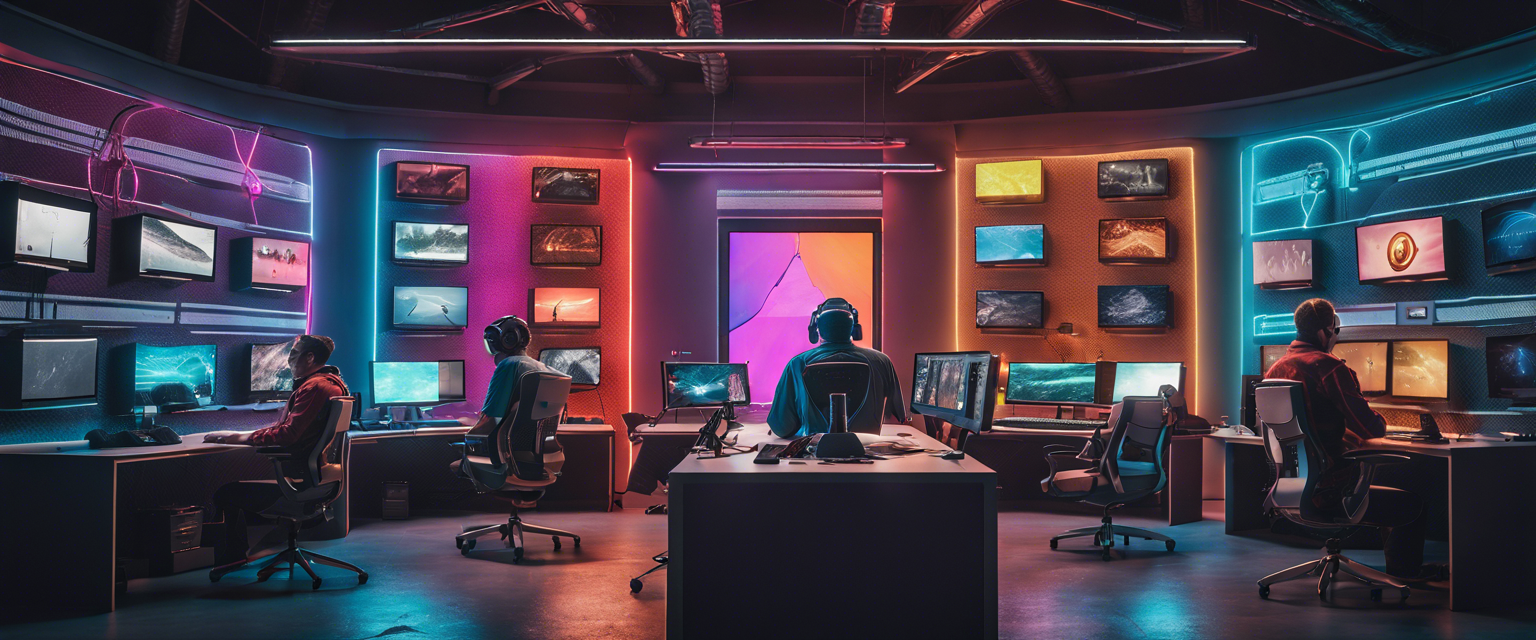Introduction to Combining Text-to-Image and Vector Database Models
In recent months, the advancements in text-to-image and Vector Database models have been quite remarkable. These technologies have the potential to transform how we interact with data, especially when integrated together. This tutorial is designed to guide you through the creation of a simple application that aids in discovering similar prompts and images for text-to-image models. We invite you to join the lablab.ai community and participate in our Hackathon on artificial intelligence!
Understanding RediSearch
RediSearch is a powerful module for querying and indexing data from Redis Databases. This tool can be utilized for various purposes. In this tutorial, we will apply it for indexing data and locating similar prompts/images using vector similarity search.
Introduction to CLIP
CLIP (Contrastive Language–Image Pretraining) is an advanced neural network capable of learning visual concepts from natural language supervision. It is trained on diverse image-text pairs, enabling users to predict the most relevant image for a provided text description or vice versa. This functionality will be essential in our quest for similar prompts and images based on user input.
Coding the Application
Let's begin coding! The application consists of two main parts:
- API
- Streamlit Application (User Interface)
Setting Up the Redis Database
First, we need to set up the Redis Database. For this project, I will utilize Redis Cloud, but using a Docker image is also an option. You can start with Redis for free!
Data Source: The Flickr8k Dataset
For our application, we will rely on the widely-used Flickr8k dataset. This dataset can be conveniently downloaded from online platforms like Kaggle.
Installing Dependencies
To kick off our project, we need to establish an appropriate file structure. Let's create a main directory and set up a virtual environment. Next, we’ll prepare a requirements.txt file to include all necessary dependencies.
File Structure Overview
Here’s how our folder structure will look:
.
├── src
│ ├── model
│ │ └── clip.py
│ ├── utils
│ └── main.py
└── requirements.txtPreparing the Model
Start by creating the model for photo processing and captions in the src/model/clip.py file. First, import the necessary dependencies and prepare a class for the model, implementing methods that simplify its functionalities. We'll utilize LAION AI's implementation of CLIP, available on Hugging Face.
Utility Functions for Redis
Next, we'll define utility functions necessary for indexing data in Redis. Import the required dependencies, and establish a constant called EMBEDDING_DIM to define the vector size used for indexing. Additionally, create a function to embed our descriptions and another to index our data in the Redis database.
Building the API
Proceeding with the API implementation in the src/main.py file, we need to develop two endpoints:
- One for image-based searches
- One for description-based searches
This involves initializing the model and Redis client and indexing our data accordingly. An essential feature will include a function to query images.
User Interface with Streamlit
The final component of our application is the UI, which we'll create using Streamlit. The simple interface will consist of:
- Text Input
- File Input (for images)
- Submit Button
Once these components are in place, we’re ready to run our application!
Conclusion
After running the application, you can test its functionality by entering a description or uploading an image. The results are quite impressive! If you've followed along, congratulations on reaching this point! We hope you've learned a great deal and encourage you to explore further technologies, perhaps building a GPT-3 application or enhancing your project with AI capabilities!
Project Repository
For the full project repository, please visit our GitHub page and begin your journey with Redis and data indexing!



Lasă un comentariu
Toate comentariile sunt moderate înainte de a fi publicate.
Acest site este protejat de hCaptcha și hCaptcha. Se aplică Politica de confidențialitate și Condițiile de furnizare a serviciului.